Fertilizing paprika: when, how and which fertilizer?
For peppers to develop their full aroma, they need sufficient nutrients. We show what you should pay attention to when fertilizing paprika in beds and pots.
Paprika ( Capsicum annuum ) should not be missing in any vegetable patch. We owe it to the Italian navigator Christopher Columbus that the plant from the nightshade family (Solanaceae) is also widespread in Europe today. The peppers originally come from America. In addition to sufficient light, warmth, and water, fertile soil is important so that your paprika plants produce lots of fruit and bring you a rich harvest. You can also support your peppers in their development through needs-based fertilization.
The nutritional requirements of peppers are in the medium to high range compared to other vegetables. In this article, we will explain the best time to fertilize your pepper plants and how you should ideally do so.
When to fertilize peppers?
Table of Contents
Bell peppers grow very slowly at the beginning of the growing season. A sufficient supply of water and nutrients can, however, favor the development of the plant. If you grow your peppers yourself from seeds, the nutrients of a commercially available growing medium are sufficient for the first few weeks. After all, the seedlings still take care of themselves from their reserves in the seeds. When the first real leaves have developed after the cotyledons, the plants can be pricked out and planted in a larger pot. Then the right time has come for the first fertilization.
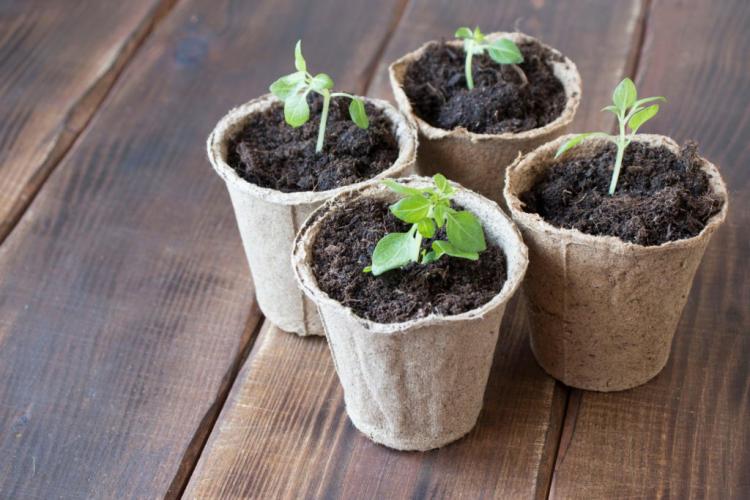
At the beginning of the growing season, the most important thing to do is to provide your peppers with sufficient nitrogen so that they can grow well. During the formation of the flower buds, the supply of potassium and phosphorus is also important. In this phase, you should therefore re-fertilize so that the plants set a lot of flowers and fruits. Special paprika fertilizers are hard to find in specialist shops. However, the nutritional requirements of peppers are very similar to that of tomatoes (Solanum Lycopersicum). Therefore, you can also use tomato fertilizer to fertilize peppers. Organic long-term fertilizers are particularly gentle on the plants, the soil, and the animals in the garden. Mineral fertilizers bring a quick nutrient boost, but they also harbor some risks if used incorrectly.
You might so like: Fertilizing Maple: Expert Tips On Fertilizing Japanese Maple
Fertilize the peppers in the pot
If you are not using an already pre-fertilized substrate, you can simply work a long-term fertilizer in granulate forms into the substrate when potting your peppers. Then water the young plants well so that the granules can loosen. Under humid conditions, the microorganisms in the substrate begin to convert the fertilizer and gradually release the nutrients for the plant. To avoid over-fertilization and not damage the potted plant, you should fertilize more often during the fruit formation, but in smaller amounts.
Summary: When to fertilize peppers in the pot?
- Incorporate some slow-release fertilizer when planting
- Keep the substrate moist so that the granules can loosen
- It is better to re-fertilize in smaller quantities during flowering
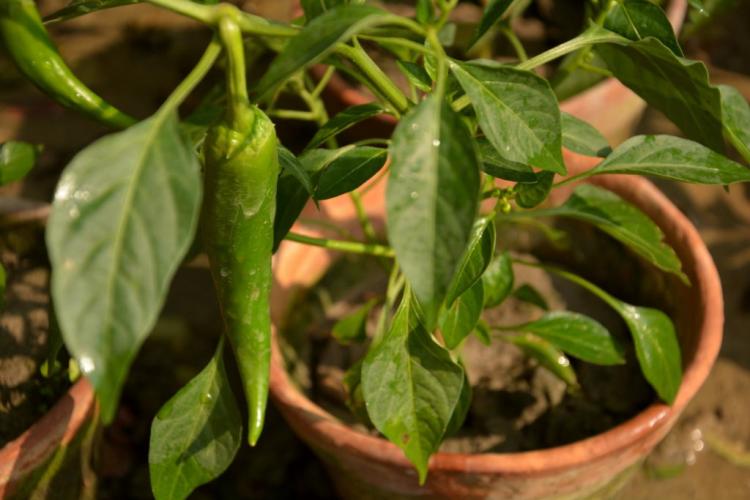
Fertilize the peppers in the bed
From the end of May, the cold-sensitive peppers can be planted in the garden bed. Put some fertilizer in granulate forms, into the planting hole. Don’t forget to pour enough water afterward. You can also upgrade lean soils beforehand with a little compost or rotted manure. These natural fertilizers not only provide your peppers with additional nutrients but also help to improve the soil structure and activate soil life. After about two months you can again work some long-term fertilizer into the soil to optimally supply your peppers with nutrients. However, be careful not to damage the pepper roots.
Summary: When to fertilize peppers in the bed?
- Work compost or rotted manure into the soil
- Provide slow-release fertilizer when planting out
- Pour well so that the granules can dissolve
- Re-fertilize after about two months
How and with what to fertilize peppers?
Which fertilizer is used for your peppers is of course up to you. After all, there are many different ways in which you can optimally supply your peppers with nutrients. To help you make a decision, we have summarized some aspects that you should consider when choosing a fertilizer.
You might so like: Fertilizing Rhubarb: When, How And With Which Fertilizer?
Organically fertilize peppers
In principle, you do not necessarily have to use a special fertilizer to fertilize your peppers. Commercially available tomato fertilizers with a suitable composition for nightshade plants are completely sufficient for the nutrient supply of peppers. It is best to use an organic fertilizer with a long-term effect because this offers many advantages:
- Long-term supply of nutrients to the pepper plant through constant decomposition via microorganisms in the soil
- Promotion of healthy, active soil life (good for earthworms, microorganisms, etc.) and sustainable improvement of the soil structure
- By dispensing with chemicals, it is particularly gentle on the environment
Long-term organic fertilization: Instructions & dosage quantities for peppers
Organic tomato fertilizer consists predominantly of organic, plant-based raw materials. The composition of the fertilizer, with sufficient potassium for the best fruit quality, is ideal for your peppers. Our granular fertilizer is also easy to dose and easy to use, so there is hardly any risk of over-fertilization.
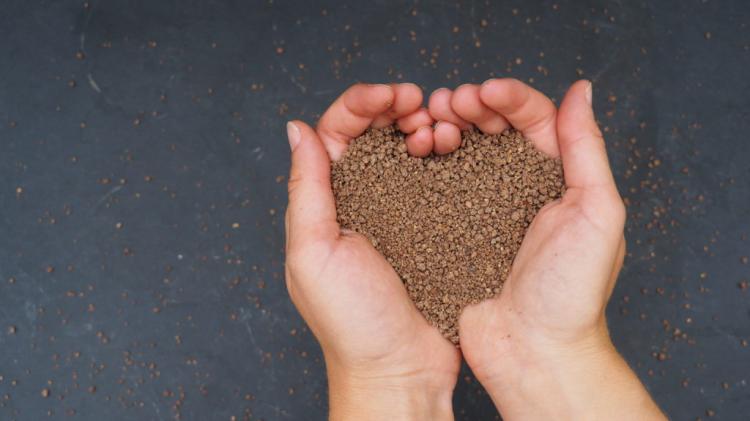
Our fertilizer granulate can easily be applied to the ground and worked into it a little
So that you provide your peppers with the right amount of nutrients, we have prepared detailed instructions for you below:
- Before planting: work about 60 – 110 g / m² (5 – 9 tablespoons) of organic tomato fertilizer into the soil.
- Pour well so that the granules can dissolve.
- After 2 months you should re-fertilize about 50 – 70 g / m² (4 – 6 tablespoons).
- A small amount of fertilizer about 3 – 4 weeks before the harvest gives your peppers another optimal support.
Mineral fertilize paprika
Liquid fertilizers, blue grain, and Co. are often added to the pot or the bed when planting peppers to ensure a basic supply for the plant. However, the first complete fertilizer available from the garden center is not always the best choice. Mineral fertilizers provide a first, rapid burst of nutrients, but the high salt concentrations can damage the sensitive roots of the peppers if used improperly.
You might so like: Parsnips: everything to grow in the garden
The leaching of the fertilizer into deeper soil layers can also lead to increased nitrate concentrations in the groundwater. In contrast to mineral fertilizers, organic fertilizers are much more environmentally friendly. In addition, by introducing organic material, you promote soil life and the soil structure in your garden is sustainably improved.
Fertilize peppers with home remedies
If you want to fertilize your peppers naturally, you can use compost from your own garden or well-rotten manure for the nutrient supply. Regular watering with diluted nettle manure, which has previously been diluted 1:10 with water, is also recommended for blossoming and fruiting. You can easily produce plant manure yourself and thus supply your plants with additional minerals, which also promote the plants’ defenses against diseases.
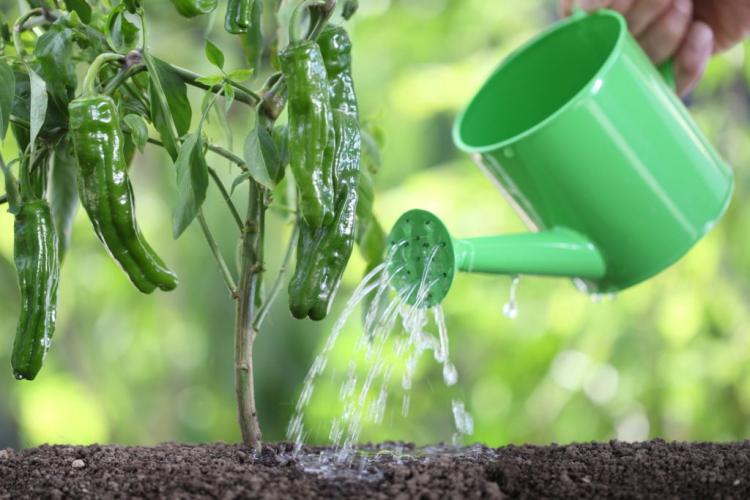
Another home remedy for fertilizing peppers found in almost every household is coffee grounds. You can sprinkle the actual waste product on the ground around the plant or add it to the irrigation water. Coffee grounds fertilizer contains important nutrients such as potassium, nitrogen, and phosphorus. It is also very popular with earthworms, which help break down organic matter and loosen the soil in the garden. As a fertilizer, coffee grounds should only be used in moderation so that the pH value of the garden soil does not drop into the acidic range in the long term.
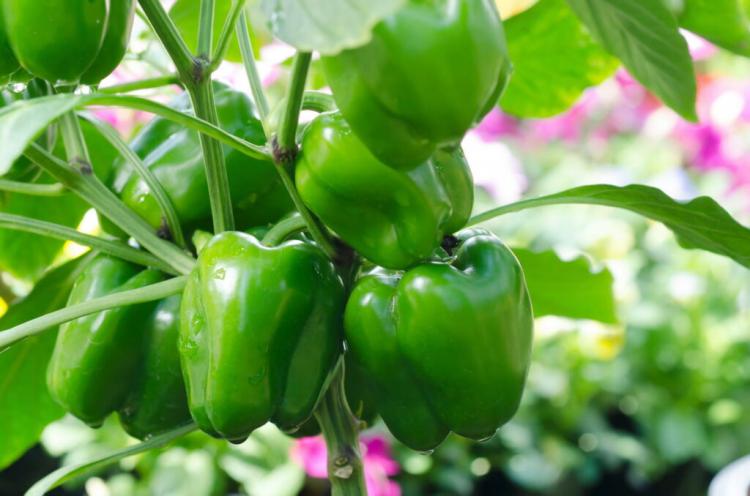
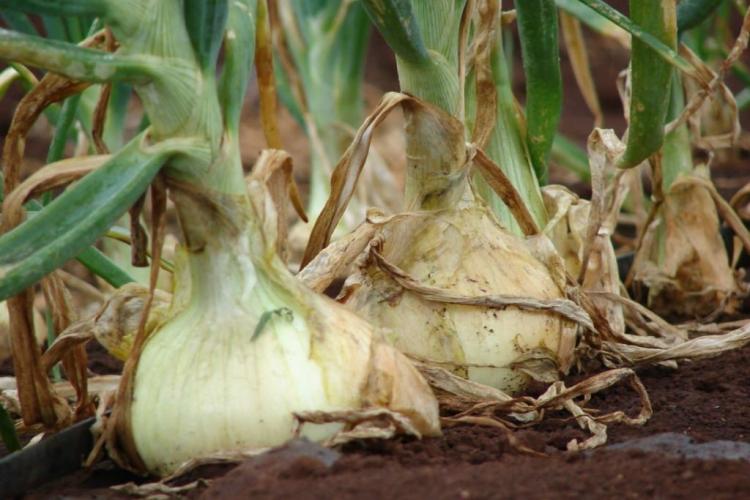

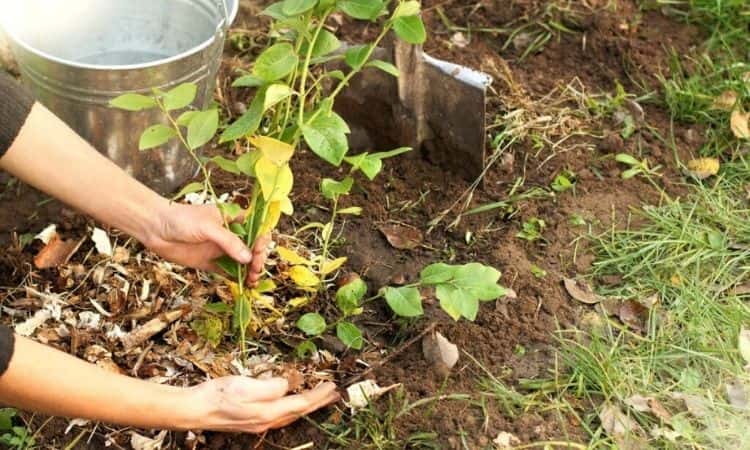
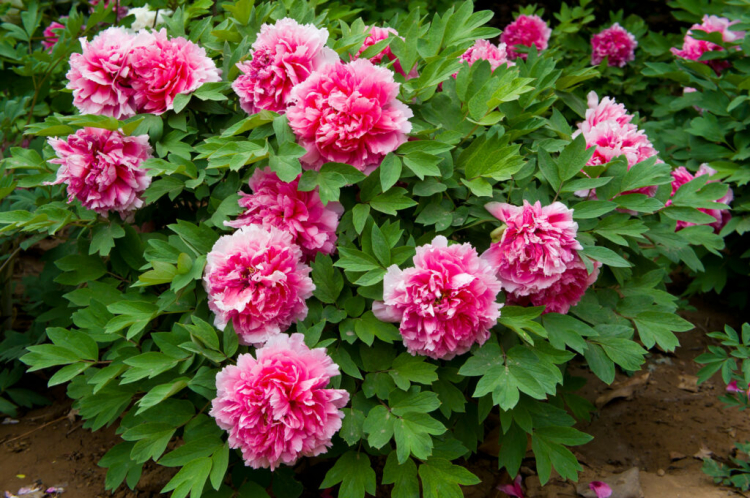

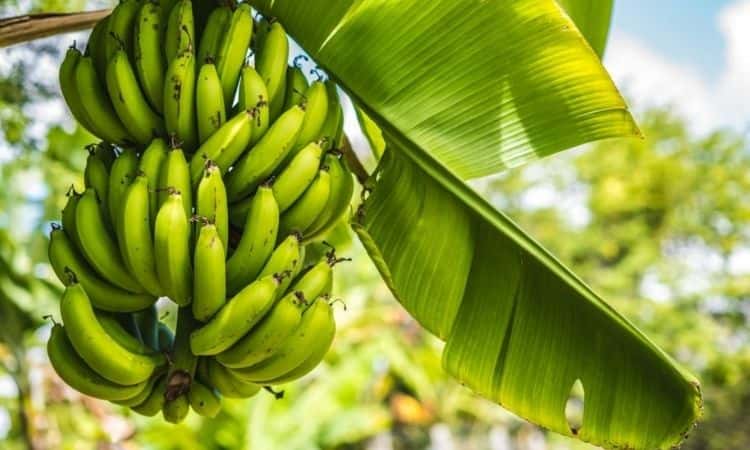
I’ve never had any luck with peppers. I wonder what will happen this year… Unfortunately, my garden plot is too small, except for tomatoes nothing fits there, so they are again in pots on the terrace. Anyway, thanks for the tips 🙂